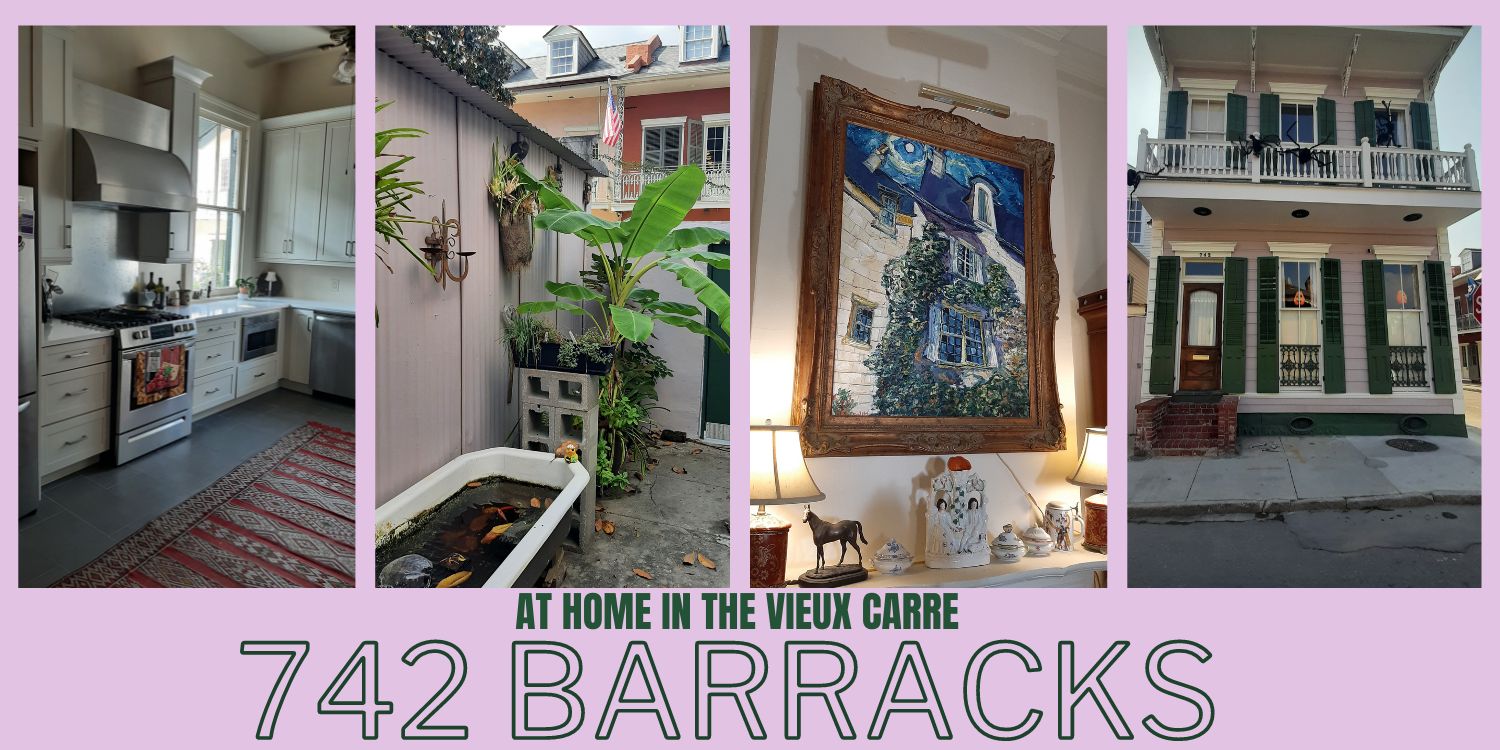
Join VCPORA for an amazing night with At Home in the Vieux Carré, thanks to our host, Michael Skinner. Michael Skinner is a 4th generation New Orleanian who moved to the French Quarter in 1999. He always wanted to live in the French Quarter and looked at several homes and condos before moving to 919 Governor Nicholls. After living several years on Gov. Nicholls Street, Michael started looking for a single-family house he could make his own. In 2021, it was 742 Barracks that caught his eye. One of the features that attracted Michael to the home was the off-street parking and the fact that the home was remodeled, which meant he could focus on adding the little details that he wanted like chandeliers, plaster medallions, and upgraded appliances.
Michael made several big improvements to the home including renovating the kitchen and bathrooms. The tub was relocated during the bathroom renovation, and now has a place in the garden as a fishpond. On most days you can find Michael sitting out on his stoop with a glass of wine and talking to passersby, which is one of the best parts of living in the Quarter. If he isn’t on his stoop, Michael is at his favorite haunts including Cosimo’s, Muriel’s, or Stanley’s.
Architecture
742 Barracks Street is a Greek Revival American Townhouse, which became popular in New Orleans during the 1830s. It differs from the Creole Townhouse because the emphasis is placed on the entrances, incorporation of side halls, and interior staircases. Usually, a townhouse has a three-bay façade with two or three rooms aligned front to rear with a parallel hall leading to the stairs. American townhouses vary in height and can be up to four stories tall.
This Townhouse is in the Greek Revival style popular in New Orleans starting in 1830 and is a good example of a more subtle Greek Revival style. The Greek Revival style includes a Greek Key doorway, which includes an overlapping lintel with a slight flaring out at the top. Doors and windows are also flat-topped, as arches do not appear in Greek architecture. Wooden Greek Revival buildings in the Vieux Carré have balustrades composed of simple square wooden balusters.
Information from: New Orleans Houses: A House Watcher’s Guide. By Lloyd Vogt
History
One of the early owners of this particular plot of land is Joesph Soniat Dufossat who is the namesake of the Soniat House, one of his other properties in the French Quarter. He was one of nine children of Gui de Saunhac Baron du Fossat. Gui de Saunhac came to New Orleans in 1751 from France and married a local by the name of Francoise Claudine Dreux.
In 1808 Joesph Soniat Dufossat traded a plantation for land owned by Bernard de Marigny. It became known as the Tchoupitoulas Plantation, and remained in the Duffoset family until 1924. In 1831 Duffsset bought the land at 742 Barracks, which included several lots, from Manon Boisseau, but soon sold the property to Anthony Abraham Suarez in 1832. He would go on to buy and sell around 20 properties and lots in the French Quarter.
Information from: HNOC.org and Nola.org article ‘Dryades Street home’s history is misunderstood, but the real story is interesting, too’ By Mike Scott.

